Over the course of his career, Frank Liew has held several different titles.
Before his current role as Chief Marketing Officer for Blackbird Concessionaires, an authorized Ferrari dealer based in Hong Kong, he played an important role in New Zealand through his boutique Qubic as well as developing the local car scene.
Quite the capable writer and storyteller himself, Frank has become an important generation of car enthusiasts who carry on the legacy and story of the Prancing Horse. Speaking from Hong Kong, he shared the process behind creating a series of short films for the new Ferrari Roma released at the end of June.
The series, dubbed La Nuova Dolce Vita (lit. “The New Dolce Vita”), strikes the perfect balance between unveiling the timeless design of the car as well as penning a love letter to Hong Kong cinema through three different time periods. The automotive world is undergoing some interesting transitions but as you’ll see with La Nuova Dolce Vita, the story is far more complex than the introduction of a new sportscar.
Can you introduce yourself and what you do?
My name is Frank Liew, and I am the Chief Marketing Officer for Blackbird Concessionaires. Inside this capacity, I oversee the combined functions of our group’s Marketing, Communications, Creative and Events Production arms, which we employ in developing strategy, content and experiences for the Blackbird Automotive Group’s Ferrari business. For this particular project, I was also the director of the films.
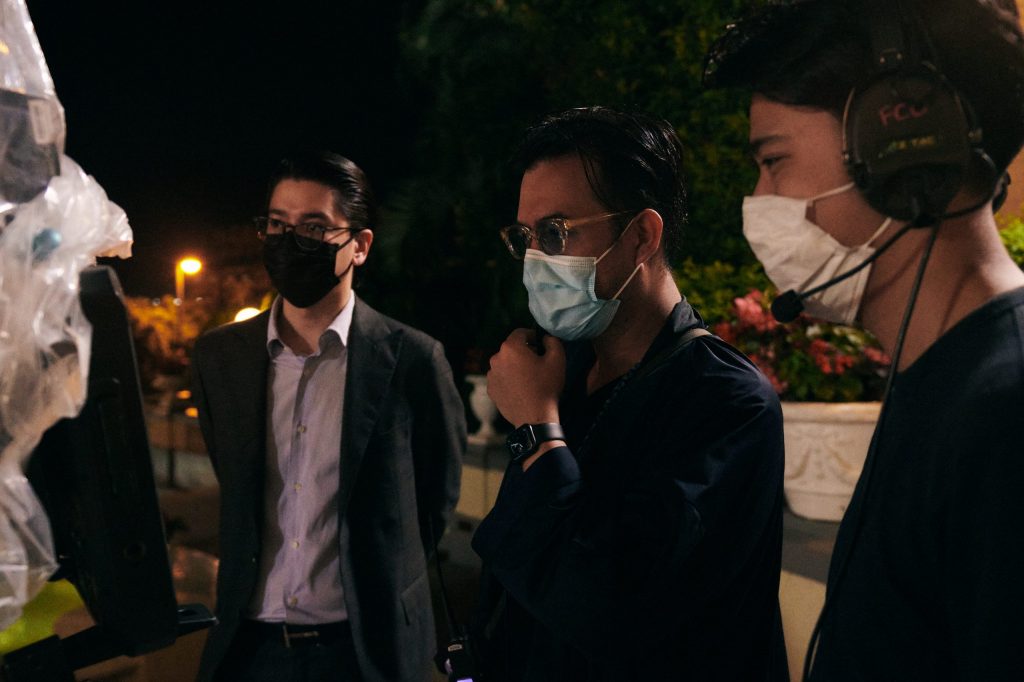
Frank Liew on set.
How would you describe the Blackbird Concessionaires’ relationship with Ferrari?
Well, first and foremost, we are the sole official dealer of Ferrari cars and after-sales in Hong Kong and Macau. We have the great privilege of working with Ferrari’s head office on a number of different initiatives, given our close relationship to the brand and its key individuals in Italy.
This has been a relationship that was cultivated over a number of years, and we’re honored to have Ferrari’s trust in being able to produce world-class content, such as last year’s Ferrari P80/C one-off project and documentary, which we won the Best Short Documentary award at the 2019 International Motor Film Festival.
Having been with the business since day one, it’s been a pretty interesting journey, especially knowing that we represent our region of the world, which is sometimes still underrepresented on the world stage I feel.
Can you talk a little bit about the catalyst for this series?
Well, there were a number of factors that led to the discussion of this particular project. First off, it’s of no surprise to many of us that the first half of this year presented an unprecedented challenge for brands all over the world, given the global pandemic and the abrupt halt of the global supply chain.
With so much uncertainty in the air, a lot of marketers were faced with a never seen before challenge of revising their calendars and product offerings. I mean, let’s be honest, it was complete chaos. Events were being canceled en masse, countries were being shut down. Brands, on the whole, erred on the side of caution, and for good reason. We were first approached by Ferrari about developing this in January/February of this year, initially as a brief on how we could ‘virtually’ launch the car, given the world’s lockdown procedures.
Now, the Roma represents a huge milestone in Ferrari’s design language and product offering, but given health ordinances that were changing by the month, it meant that it would be difficult to follow the traditional format of a huge in-person launch with hundreds of clients and prospective owners in attendance.
I mean overall, the pandemic forced the automotive industry to drastically rethink its marketing processes, especially with the cancelation of all the major Auto Shows worldwide. From there, it became a discussion on how we could think of a way to creatively present this product, give it the gravity and impact it deserves, but to also maintain an engaging, innovative product messaging.
So in a way, we tried to turn a negative into a challenge on how to deliver something truly positive. And what we ended up with is presenting a multi-medium campaign that encompassed original film content, illustration work, a three-week pre-launch social media/digital roll-out, culminated by a multi-day private physical preview event format that kinda tied the whole thing together. When we had to give the final green light to all production in April, it was a bit of a gamble, but one that I’m glad to say paid off.



What’s your own personal affinity towards Hong Kong film?
So I’m a re-transplant back to Asia. I was born in Taiwan, I spent my formative years in Singapore and then my schooling years in New Zealand, where I started my career in the late ’90s, well, early 2000’s before I took the opportunity to relocate to Hong Kong about 9 years ago.
Growing up in the ’80s and ’90s with the Internet in its nascent years, you didn’t really have much to rely on in terms of understanding what was happening in Asia, or anywhere else in the world for that matter. I mean, we only had what we could find and what we could get our hands on — TV, magazines, music, and yes, films. Films were a respite to all this.
I remember shaping my entire view of Hong Kong and, by association, Asian culture almost entirely through the lens of films and popular culture. Films, in a way, changed and even dictated our standards for so many things — success, life, love, heroes, and villains. It allowed me to have some kind of anchor to the world which I was supposed to have come from, if that makes any sense.
I think many people who were transplanted to a western world in their youth will probably relate to this — we cling onto these things like cultural lighthouses. I was thoroughly obsessed with Stephen Chow’s films, Chow Yun Fat in God of Gamblers, John Woo’s action films, the Gu Wuk Jai Young & Dangerous series. And if these formed my impression of what Hong Kong life was like, then surely it must have been the same for thousands of others in my generation and time all over the world.
For the unfamiliar, what impact do you think HK film had on the global entertainment industry during its heyday? Undoubtedly, Hong Kong film brough
Undoubtedly, Hong Kong film brought the Asian zeitgeist to the world. I cannot think of any other medium of its time being able to share the stories of how they lived, how they loved, and the tales they wanted to tell. I mean as an outsider, it was fascinating for me to see. I never noticed it back then, but looking back at the films now, all the continuity errors, the rather corny effects and rough and tumble level of production really exposed a certain level of authenticity and tenacity when it came to making film in Hong Kong.
Many of these guys didn’t have professional training or film school degrees. They didn’t have the huge studio budgets of the West — instead, they improvised, you know, performing their own stunts. Kung fu choreographers came from Cantonese opera, guys improvised camera moves and tricks to establish action and story.
They didn’t learn it in a class, they learned it out on the set. And the result of this is that they built this entire cottage industry inside their own little eco-system, one that exists to this very day. Essentially, if you watch the entire catalog of Hong Kong’s film masterpieces throughout the years you’ll literally see it improve film by film.
So on a larger scale, this kinda represents the sheer determination of the Asian work mentality. They were almost learning it as they went, passing their knowledge from one generation to another generation of filmmakers. And it’s that master and student mentality — you know the sifu and apprentice. That’s an integral part of learning a trade in Hong Kong, and there’s a certain kind of beauty to that — learning by trial and error.
Well, first and foremost, we are the sole official dealer of Ferrari cars and after-sales in Hong Kong and Macau. We have the great privilege of working with Ferrari’s head office on a number of different initiatives, given our close relationship to the brand and its key individuals in Italy.
This has been a relationship that was cultivated over a number of years, and we’re honored to have Ferrari’s trust in being able to produce world-class content, such as last year’s Ferrari P80/C one-off project and documentary, which we won the Best Short Documentary award at the 2019 International Motor Film Festival.
Having been with the business since day one, it’s been a pretty interesting journey, especially knowing that we represent our region of the world, which is sometimes still underrepresented on the world stage I feel.
There are quite a few different juxtapositions taking place with this series (i.e. modern car, old school backdrop). Was there a particular challenge when it came to managing these different layers?
I remember when we first viewed the car in Rome at the end of 2019, I had a moment with one of the lead designers of the project. And I asked him who he envisioned in his mind when he first put pen to paper, I mean I was hoping to glean some information on the demo or psychographics of its intended buyer, that’s a very important thing for marketing, but instead, he said perhaps the most Italian thing anyone could say, “it is for those who appreciate timeless design.”
But you know what, that really stuck with me that’s the reason why I’m telling you that answer now. The car’s design form adheres to the concept of purity — doing away with unnecessary forms or embellishments. It’s supposed to look like it was carved from a single block of metal.
So if you take a step back and just glance at the car, I felt this, as a form, could exist 30 years in the past or 30 years in the future. So this explains why we developed this concept of placing the car anachronistically throughout the three-part film over three clear eras of time, but to also add the tribute to iconic film as an additional layer on top of it.
It’s supposed to also reflect the timeless nature of the Roma’s form. But one thing I will say is, primarily, this film is a story about the two characters, a triptych plot arc that tells us how they came to be, and exploring the ideas of romance, beauty, and most importantly, enterprise and determination. I’ve spoken earlier on this being a huge part of the Asian psyche — before enjoying the obvious fruits of their labor.
So in a way, the Roma is a voyeur to all this and plays a prominent if not slightly secondary role before coming into full form at the end of Part Three.
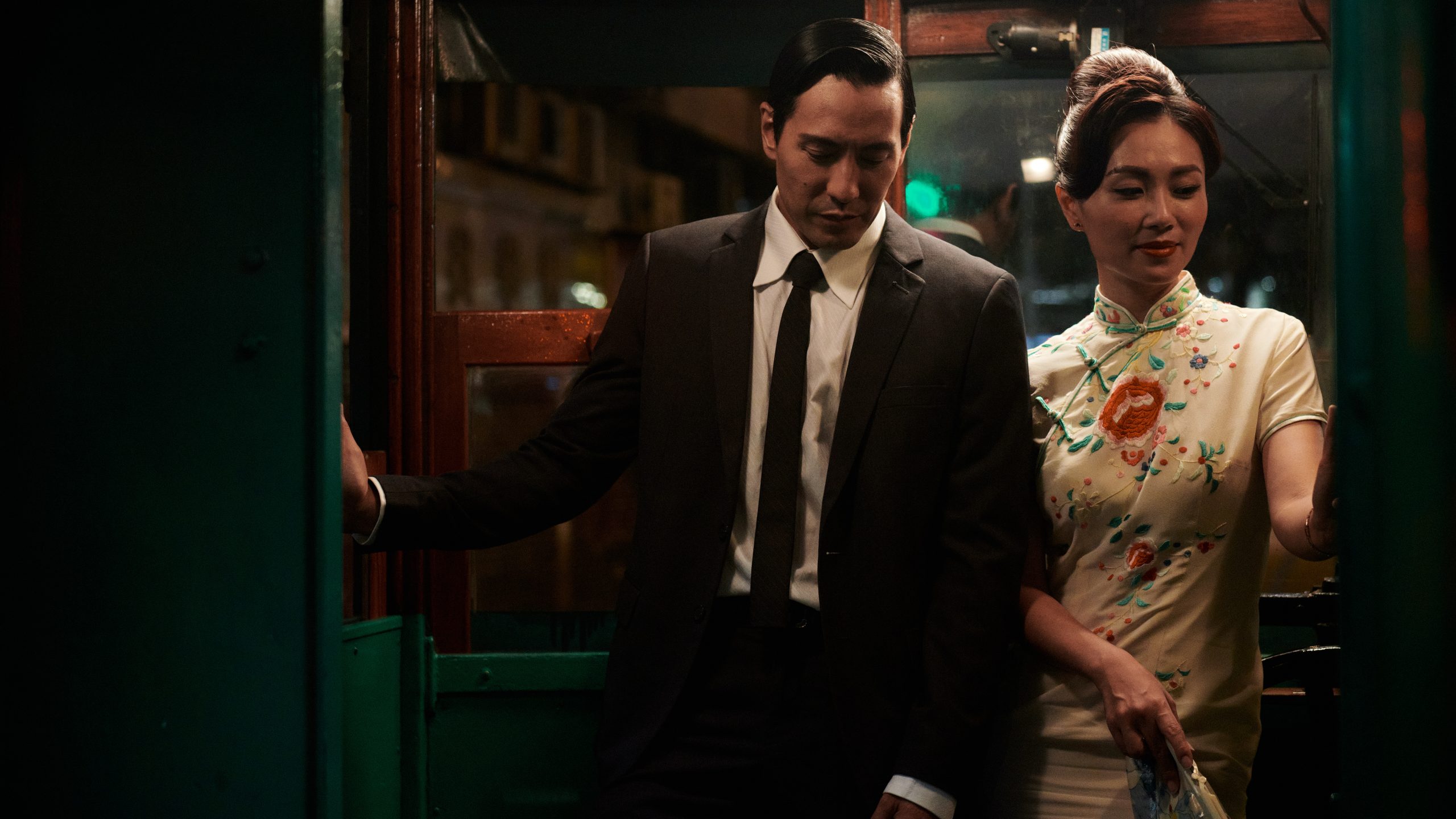

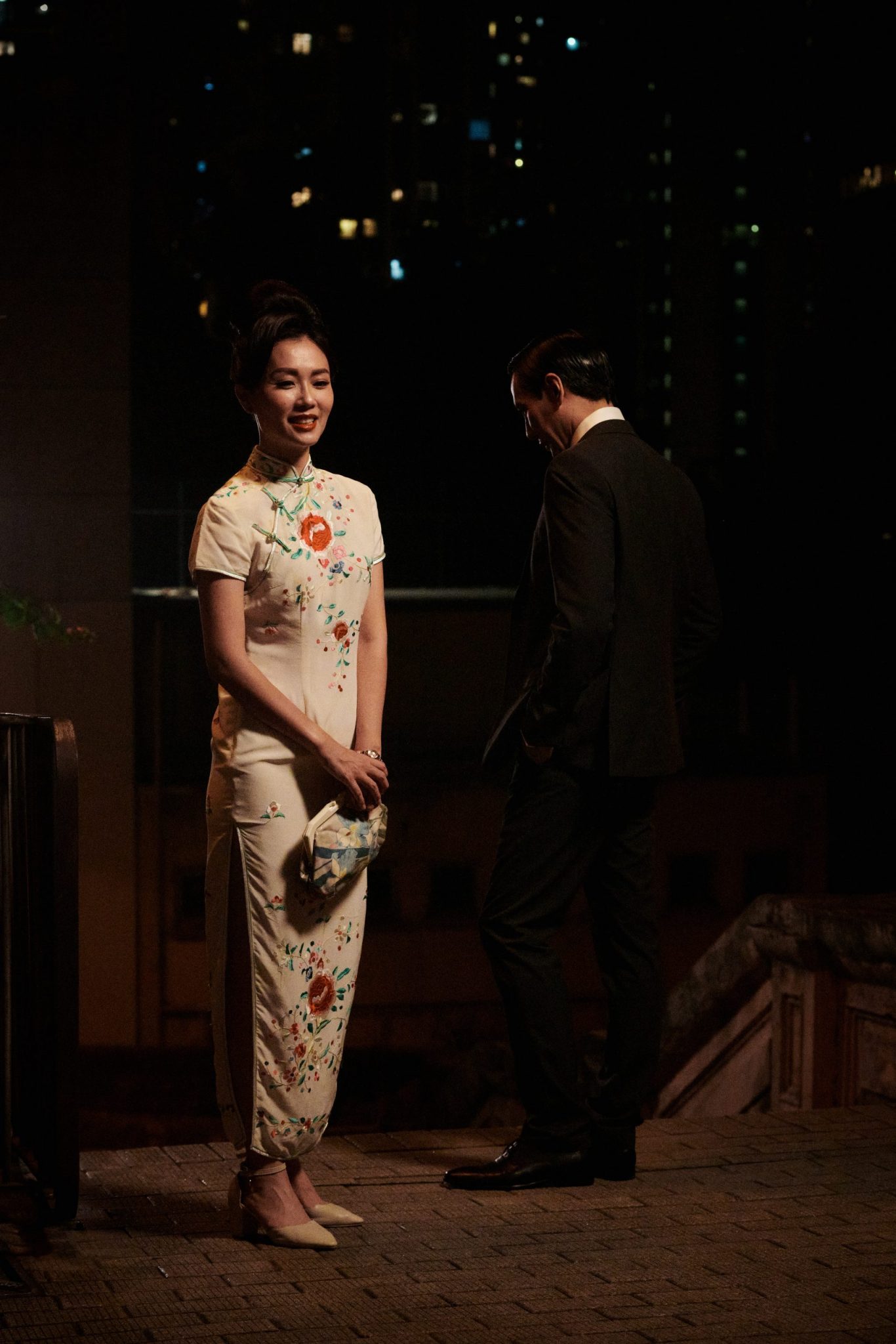

Talk us through the easter eggs in the film.
There’s numerous easter eggs that I hope film junkies would be able to pick up on. So, I’m going to try and break it down, film by film. Starting with Part 1 — clearly this is a nod to Wong Kar Wai’s epic masterpiece “In the Mood for Love”, generally considered one of the greatest pieces of Asian film of all time, of course with the expert cinematography of Christopher Doyle.
Now, in the opening scenes, there’s a lot of mystery — you’ll notice in the original film there’s a lot of shots of backs of heads, which was a little bit strange because it went against the conventional wisdom of the time, overlapping bodies and face and it gives this sense of crowdedness — which we all know is an integral part of Hong Kong life and something he executed perfectly in his film.
There’s also a lot of “frame-in-frame” shots, which mean, the actors are framed inside smaller frames inside the shot. A lot of the original’s film tension was in the “will they, or won’t they” moments, you know, tense romantic scenes in sometimes crowded areas — in our film, it was inside a crowded tram. And we decided to take a shot at recreating that feeling, the first contact between our two lead characters — developing a growing closeness between them as the short film progressed.
Thankfully, we had a different type of resolution compared to the first film.
Now in the second film, the tribute is more to an entire genre of film, one that was invented in Hong Kong and went on to influence so much of the world. I mean that, obviously, was kung fu films, popularised by the infamous Shaw Brothers studio, which was a monolith in Hong Kong film production in its heyday of the 1970s. So after some careful research and speaking to cinematographers of the time, we actually found the location where they shot many of their films, including the 36th Chamber of Shaolin, which is today the Clearwater Bay Country Park.
We obtained the proper permits, and we scouted almost the exact backdrops in key moments of that film. To top this off, our props department also located an Arriflex 35 that was used in period to shoot these films, which added yet another layer to those with a keener eye. So all the props — including that little ‘rice box’ in the lunch scene are actually from the period we are referencing. It was all in the very small details that we wanted people to notice.
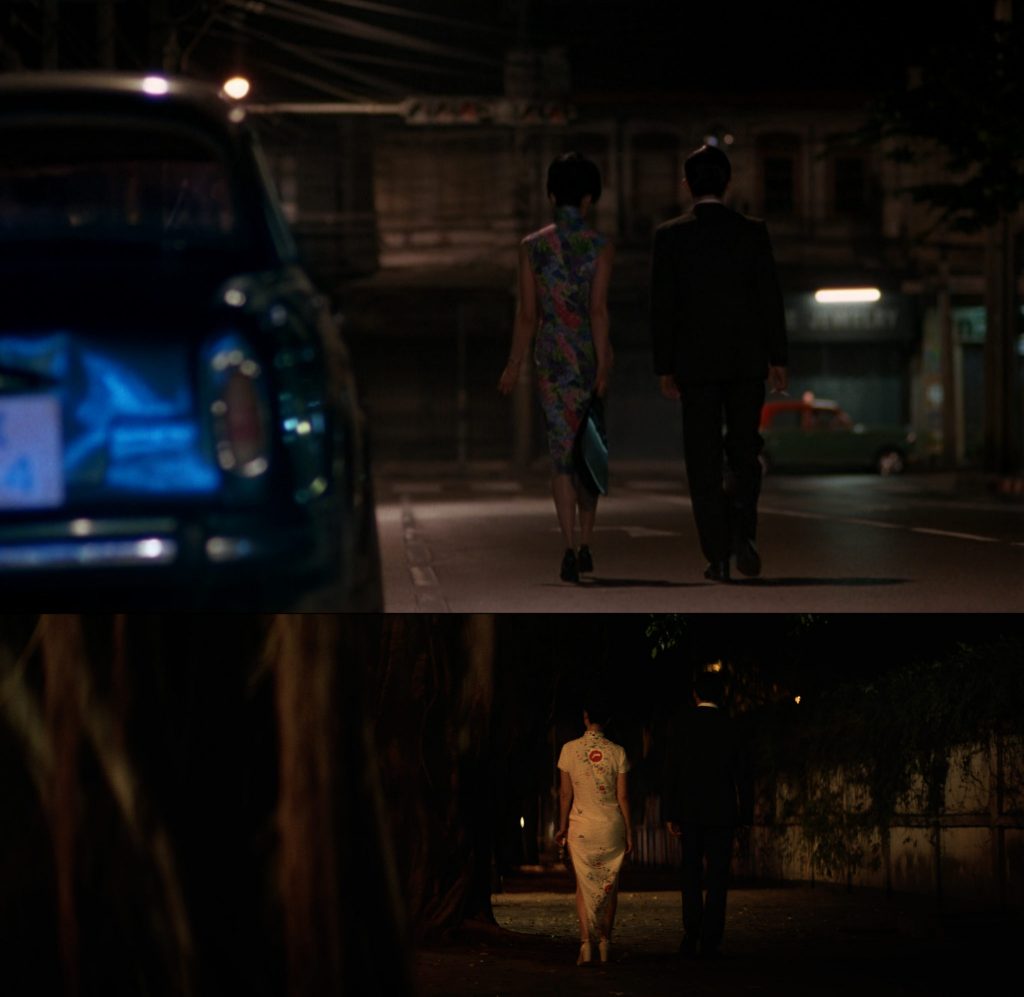
The first film pays tribute to Wong Kar Wai’s “In The Mood for Love” with its cinematography and themes.
For the last film, the Easter Eggs were more nuanced in our tribute to perhaps every teenager of the ’90s favorite film — A Better Tomorrow (1986), John Woo’s film that launched Chow Yun Fat’s career and gave birth to that legendary character “Mark Gor” (brother Mark).
You know, people have emulated this character for years since that film. But since we were approaching resolution in our plot arc with our lead characters, the tribute was mostly encased within the male lead character’s wardrobe and mannerisms — the match in his mouth, the silver tie with the striped shirt, his hair — and that very infamous “corridor walk” scene with the trench coat, which you’ll also remember from God of Gamblers (1989) too.
At the end of the film though, the credit roll itself is a tribute to that film. The choice of the typeface, the prominence given to everyone’s Chinese names was a tribute to the way they were presented in films of that era. And the music was heavily inspired by the film, which I hope people will pick up on. However, for the most part, though, the last part was about finally reaching a resolution to our character’s love story, that sense of accomplishment and celebration, and the reveal of the Ferrari Roma.
So I wanna point out that there’s a lot of balance in the films as well. You’ll see overall, the couple gets most of the screen time in the first part, where the Roma gets most of the screen time in the third part. Also, in the beginning, the man tries to be the dominant character and makes the first move to hold the woman’s hand, while the final shot of our two characters sees that process in reverse, she initiates the move to hold his hand, as she becomes the dominant character in their relationship by becoming a star in their plot arc. The collaboration in the center is that balance point.
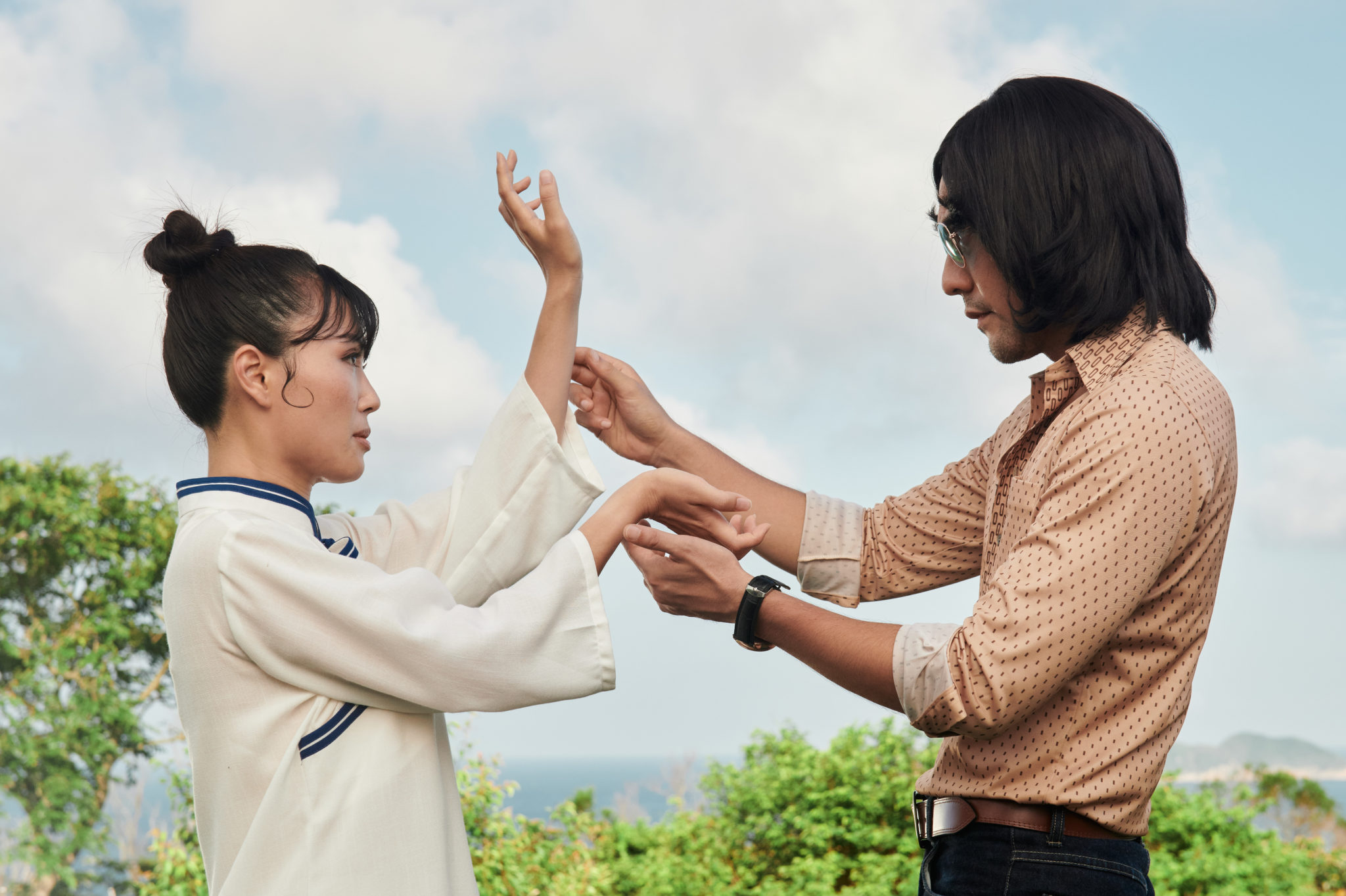
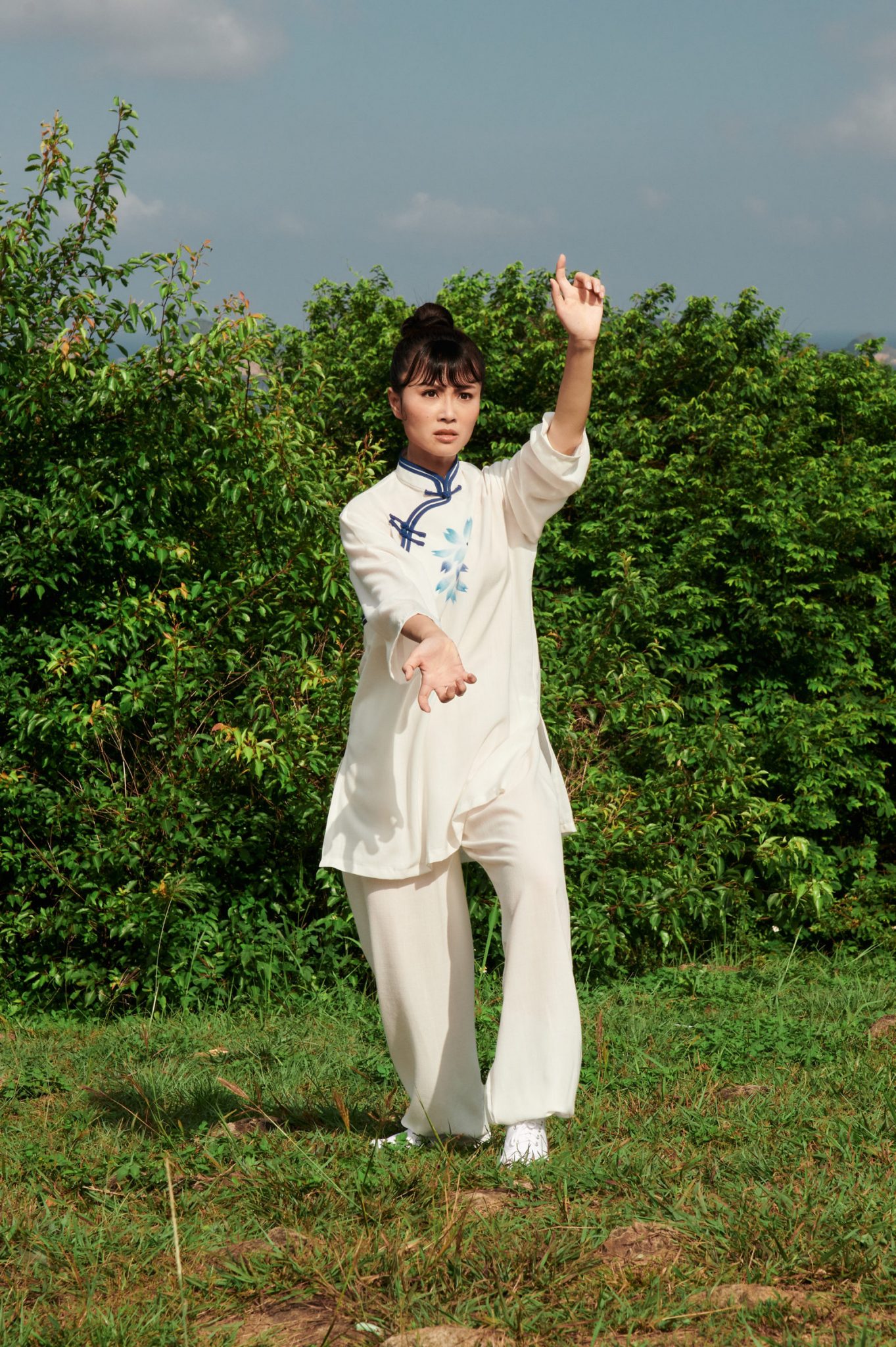
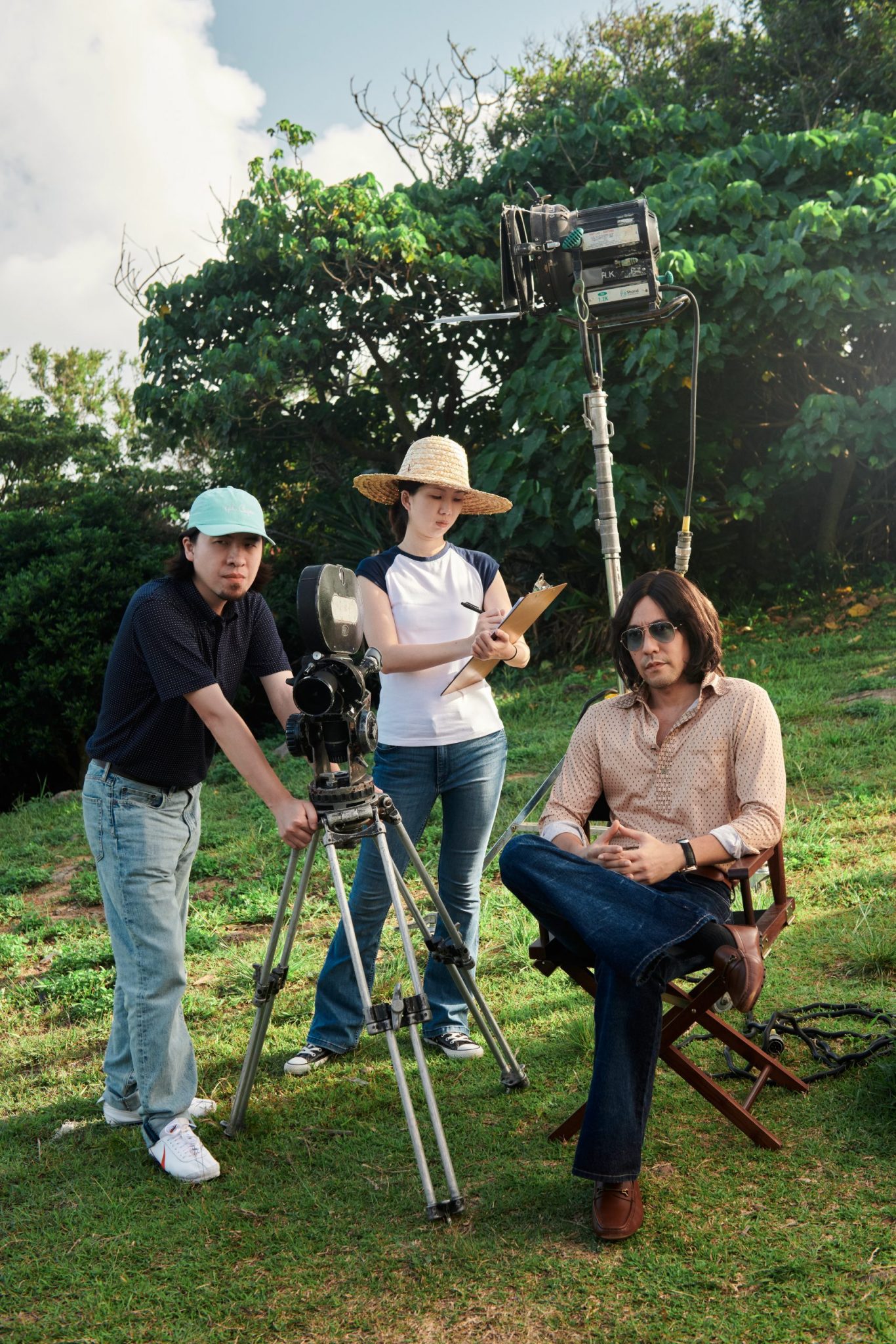
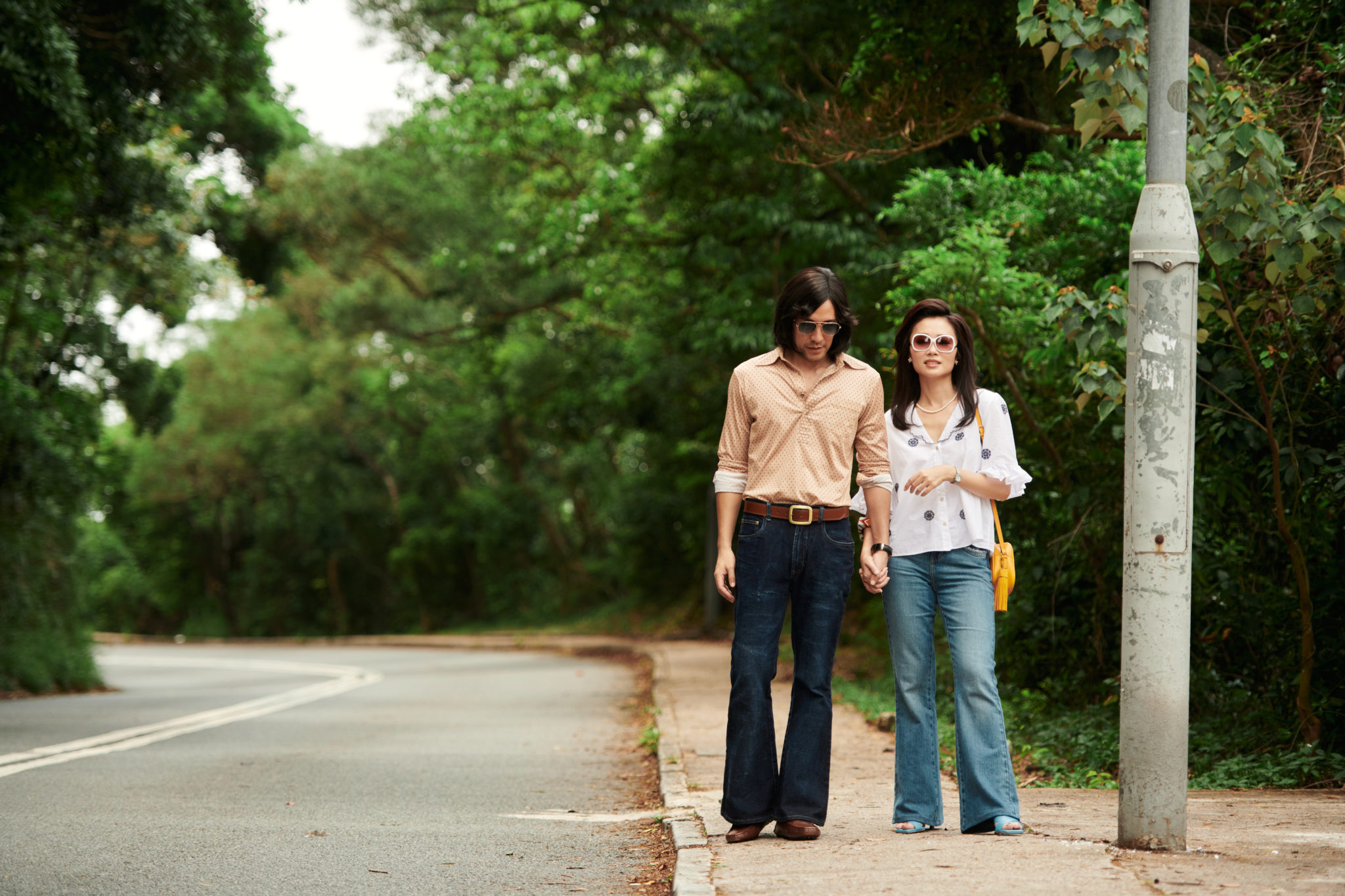
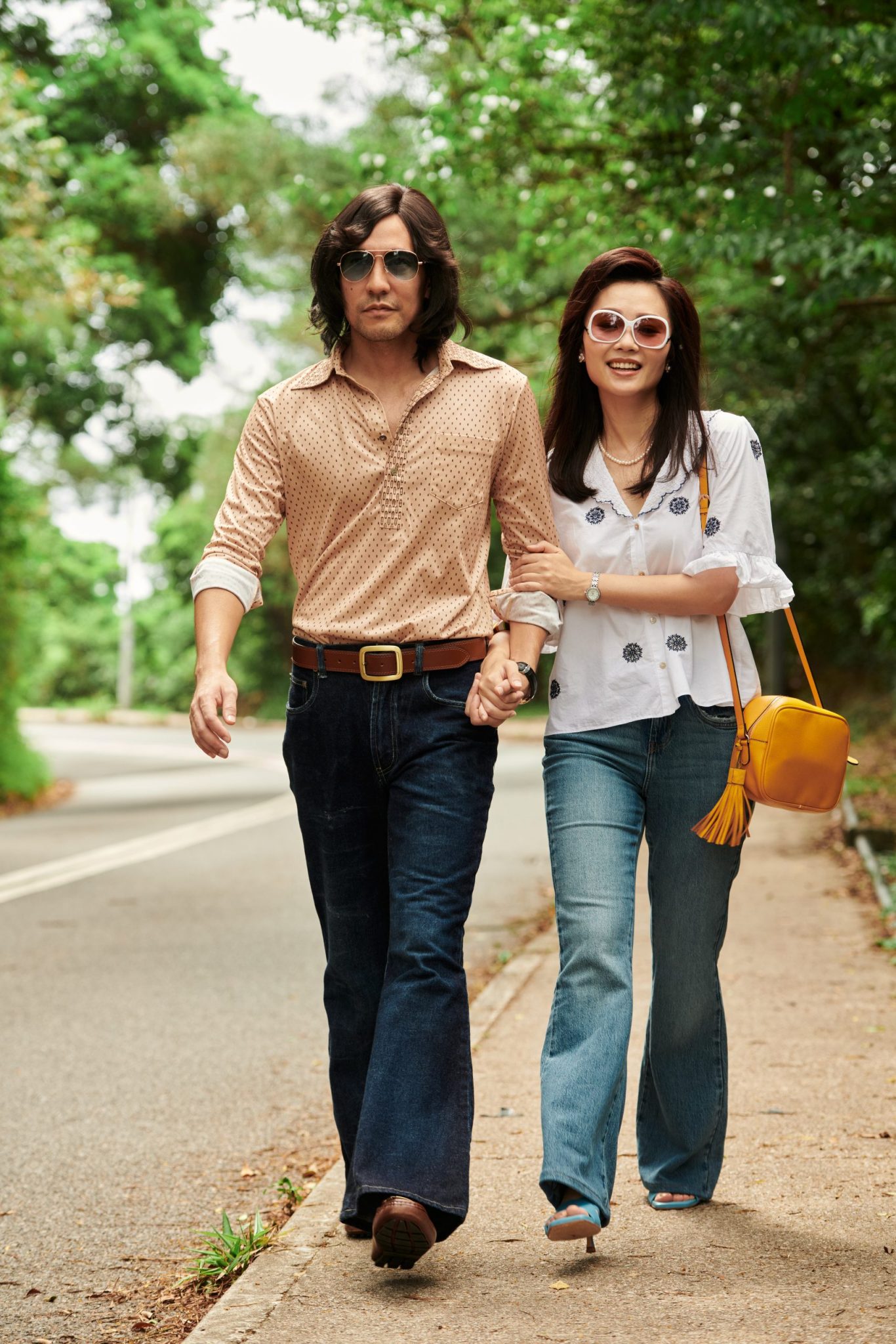
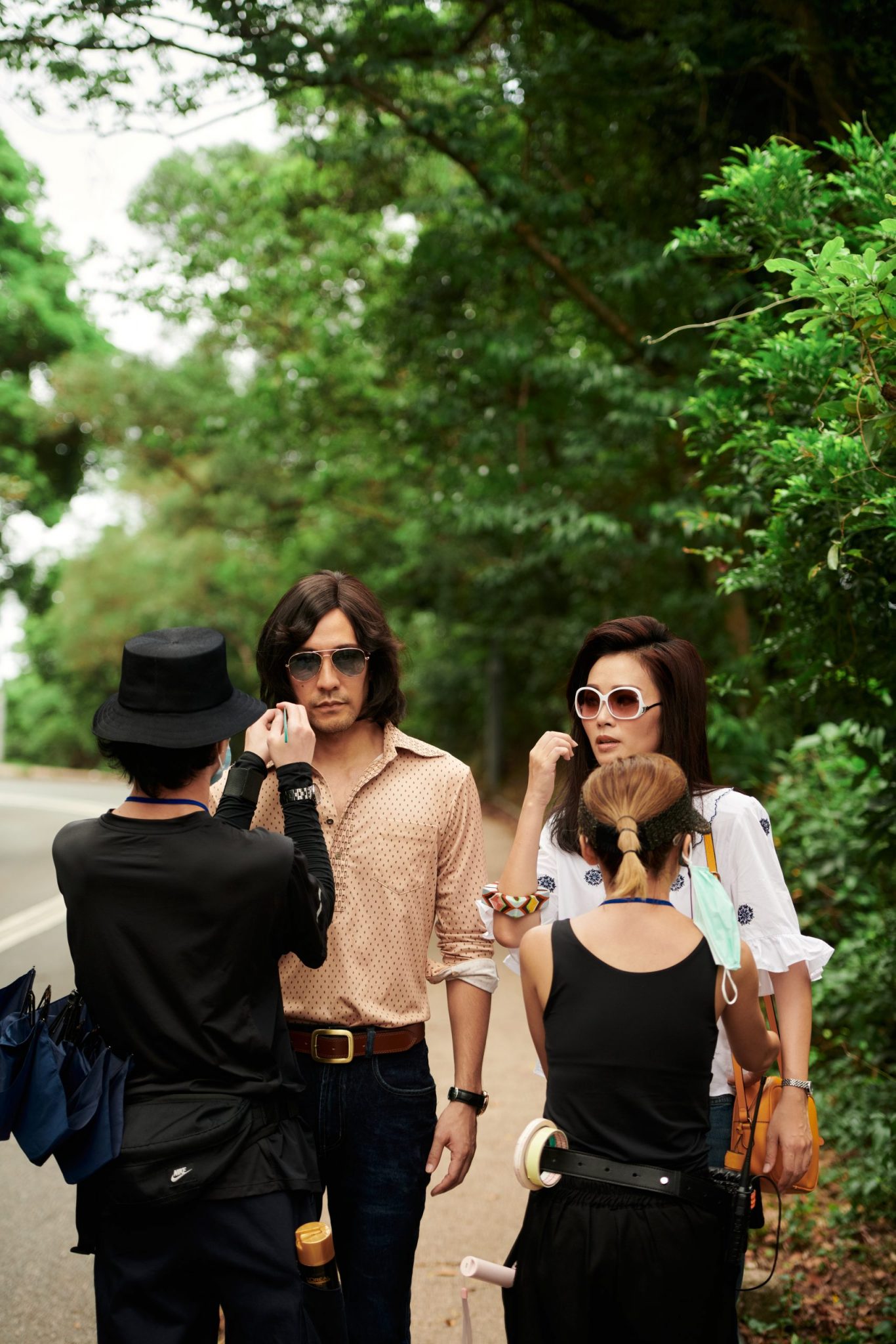
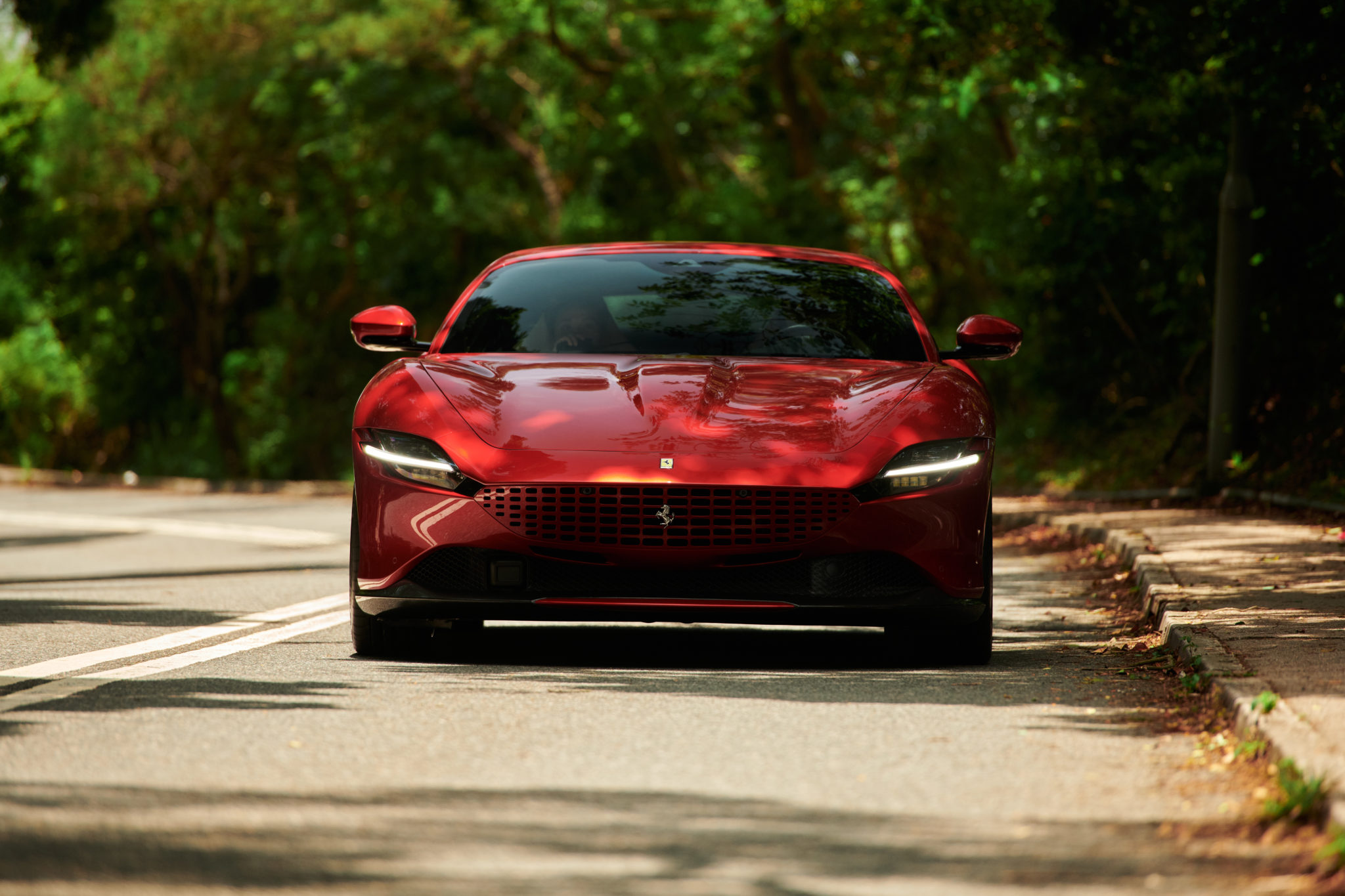
What was the process like of getting sign off for this?
So, Ferrari is perhaps the most well known Italian brand in the world, and with that comes a great responsibility to do the brand justice, and therefore, rightfully so, they have entire departments dedicated to brand compliance.
I had to present this concept and the boards along with our concept for the physical event to multiple layers of management, but thankfully, as I’ve said before, we enjoy a very positive relationship with key people inside the company, which allowed them to place a certain level of trust in our work and our standards. These kinds of projects, it’s a two-way street, ultimately. We have to give, and they have to give something back at the same time too. But ultimately, I’m happy they appreciated us for what we could do for them, and we delivered our best.
Can you talk a little bit about the team involved?
To give another layer to this whole production, the entire team came from the professional Hong Kong film industry, from our producers and PAs to our DoP and the camera and lighting team.
Many of these people worked on Hong Kong feature film sets and are even second generation film industry workers, who were able to also bring advice to the table on small nuances — such as how crews had their lunch in the 1970s period of the second film, what equipment was used on set back then, and so forth. Many people here in the film industry learn their jobs on the job, and it shows. Their experience is invaluable.
As a director, it’s my job to find people whom I can rely on so everyone has their duties on set. I always like to say to people that a film crew operates almost like a military unit sometimes. Everyone has their specialist skill, and once combined, like Voltron, we use them all to get to the mission’s goal. This is now the 3rd time I’d worked with my DoP Derrick Fong, and we have a great workflow now between us in where I can express my vision, and he understands how to build that and the mechanics of that shot with the camera team.
The same goes for our producers, our post-production people, and so forth. We rely on each other to get the job done. As creators, it’s absolutely right that we need to be able to continue to produce inspiring, innovative work, but we also need to maintain the brand’s goal at the finish line. This is where collaboration comes in.

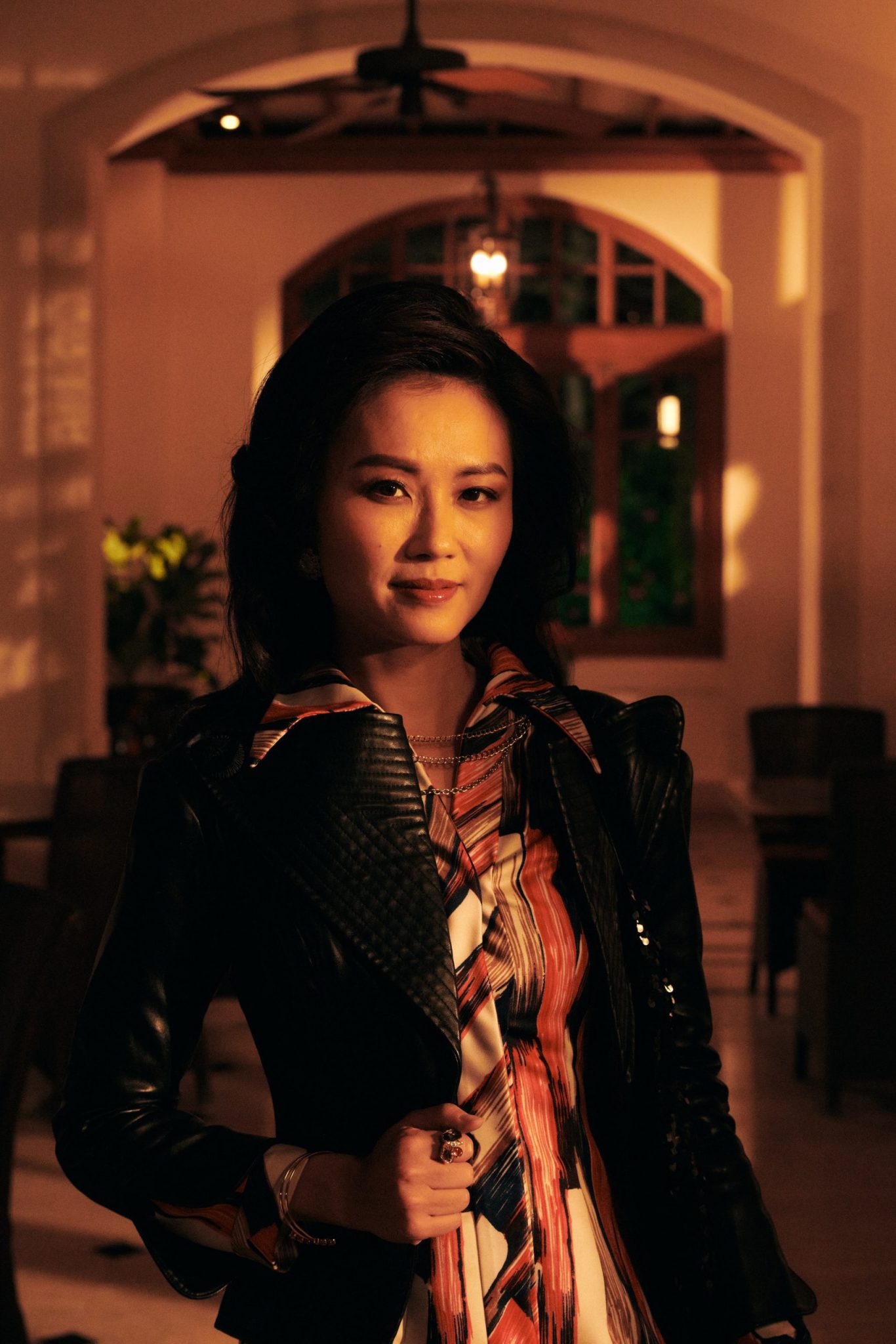


In the age where branded content is still in flux, what does it mean for you to present such an unorthodox presentation?
Hmm… Well, first off, I’m glad you noticed that it isn’t just another way of presenting “branded content” because the intention wasn’t to make it just like every other branded piece of film. It means a lot that Ferrari was willing to place their trust in us to do something unorthodox.
I made sure from the beginning that everyone understood that first and foremost this is an artistic project — that where possible, we shouldn’t have to compromise on the film production aspect, for the sake of the product. I mean the formula for a car launch is generally pretty simple, it’s a grand flashy event, there are exciting adrenaline-filled videos, loud noises, lots of beautiful decor with beautiful people, culminated by a grand unveiling of a car in front of a whole bunch of customers and press.
This time though, we approached every aspect of it just like we would to any film production with castings, fittings, storyboard, location scouting, post-production treatments. I mean, I always say this, if you want to see fast people in fast cars doing fast things — there’s a lot of that on the internet and a lot that are beautifully shot. But this was really us trying something different. To tell a love story, but one that also starred the Roma.
Is there something in particular about the Roma that aligns with this idea behind the film?
You know, maybe we should’ve started with this question, haha. So the over-arching global product message for the Roma is “La Nuova Dolce Vita” — the new Dolce Vita.
So La Dolce Vita refers to a period of Italian cultural renaissance, primarily centered around Rome in the ’50s and ’60s and spoke of appreciating beauty, pursuing elegance, and generally living a full, rewarding life. So that period was immortalized in the legendary Italian cinema of its time, which is where it ties into our concept of our own tribute to our film industry.
How does a brand like Ferrari, that’s so rooted in tradition and innovation, move forward sensibly and in a balanced manner?
Hmm… Carefully. I think that’s the best way to put it. It’s not an easy challenge when they have to be custodians for a brand that is so celebrated for its heritage — there are very few brands, especially in automotive with such an unbroken lineage such as Ferrari, which is why they rightfully hold on to their heritage and past accomplishments. But over the last few years, there has been a push from the factory to try and align a more forward-facing strategy for the future.
So, this is my personal view only. They do this with one foot in the past and one in the future. Product-wise, every generation sees a quantum leap in technology that’s filtered down from their racing programs, and you have to remember this, that Ferrari is a racing company, first and foremost.
You’ll see this technology in the interior and the all-new TFT display in the Roma. I think Ferrari always lets the product lead the brand message. And with that, the brand follows, and the trickle-down effect is more innovative communications campaigns, content production, and event experiences that are born from this drive. But as I said, this is my personal opinion only.
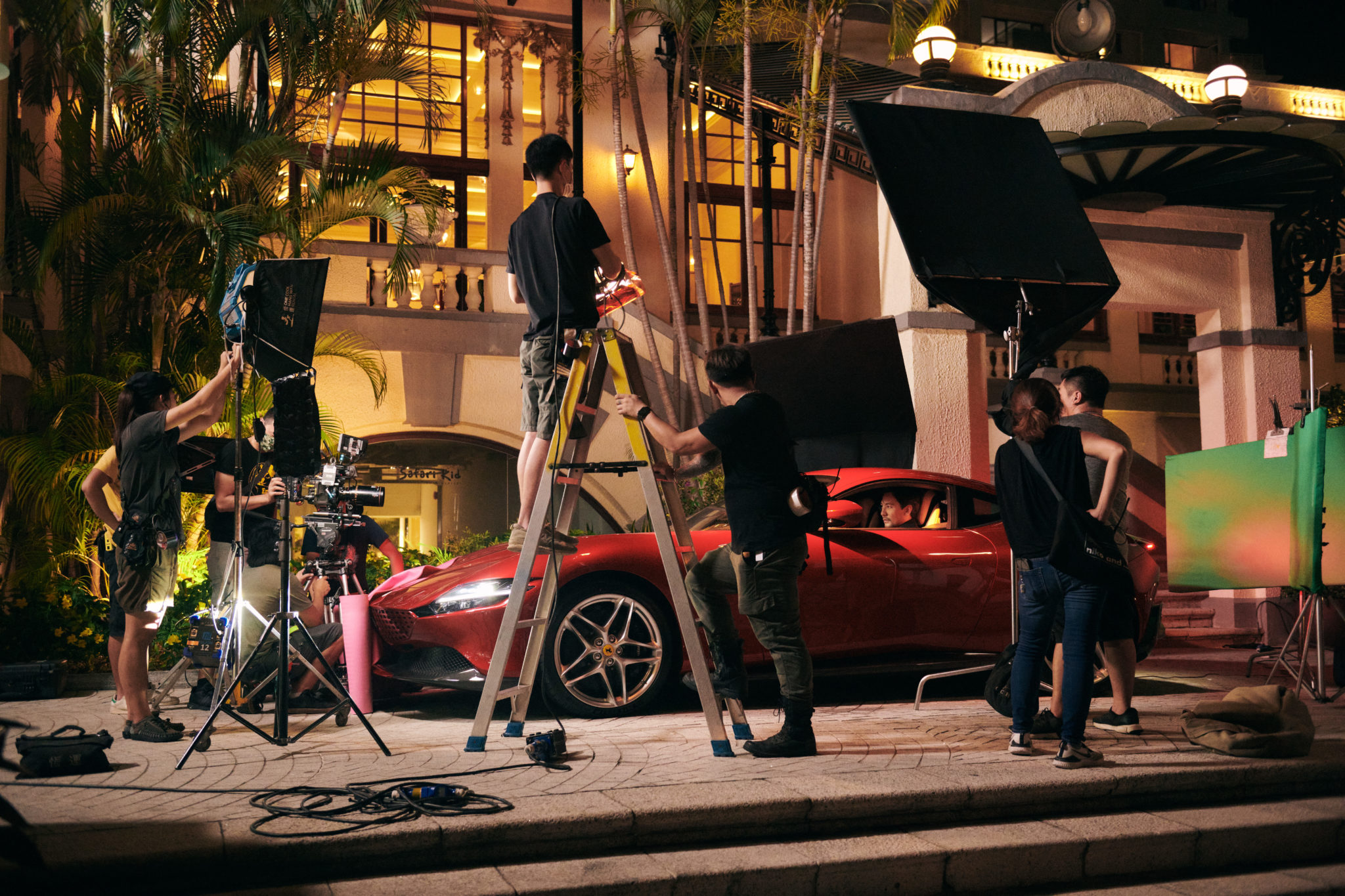
— Now Playing: “La Nuova Dolce Vita” —
Below are the posters for each part of “La Nuova Dolce Vita,” each capturing an iconic period of Hong Kong cinema. Scroll down to enjoy the combined film at the bottom.



















